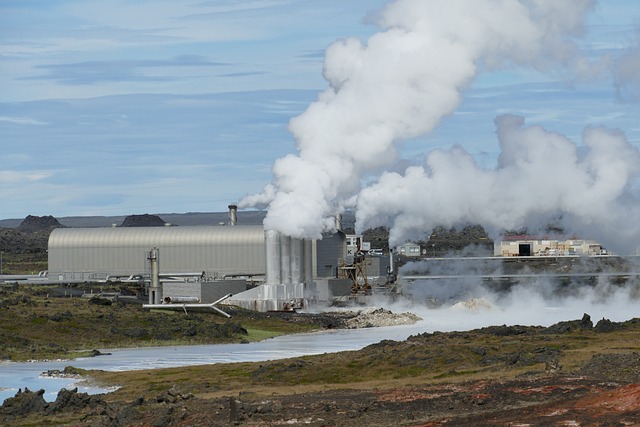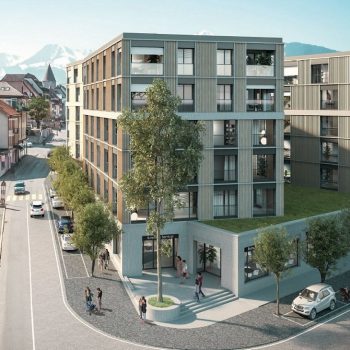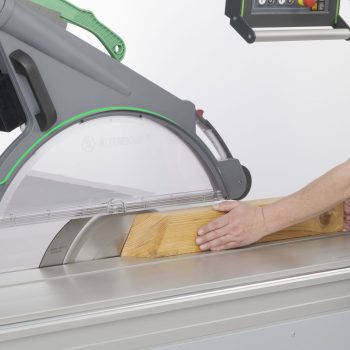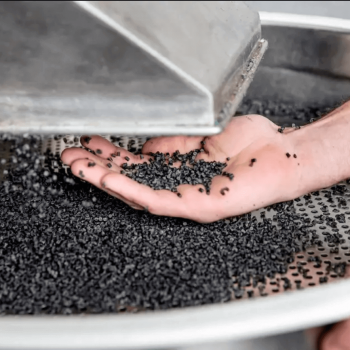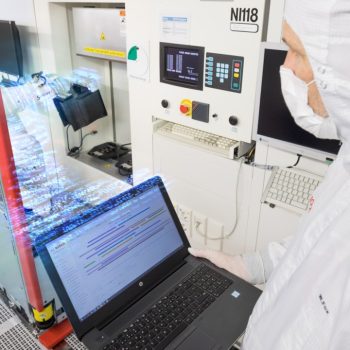The quest for sustainable energy sources continues unabated, and this unassuming complex may hold the key to solving our energy challenges. Through a sophisticated energy cycle, this geothermal facility metamorphoses into an underground energy storage hub, paving the way for potentially numerous similar systems to store electricity.
Inspired by a successful Canadian model, Bavaria now hosts a cutting-edge geothermal facility that serves as an innovative underground energy storage hub. The methods employed here could revolutionize the utilization of renewable energy to generate clean electricity. In the past, the expansion of such systems faced barriers due to complex construction and high costs. However, recent innovations from Canada have turned the tide.
The urgent need to combat climate change has spurred bright minds worldwide to explore alternative energy generation methods. While numerous technologies have evolved, many still struggle due to their reliance on external factors. Solar panels remain idle when the sun sets, and winter’s diminished sunlight reduces daytime energy production. Likewise, wind energy fluctuates with varying wind speeds. Recognizing these limitations, the Canadian company Eavor has dedicated itself to developing a breakthrough technology harnessing geothermal energy.
Geothermal facilities, like the one in Bavaria, tap into the Earth’s existing heat to establish an underground energy cycle. Building such facilities has proven challenging, involving arduous searches for underground hot springs and costly drilling. However, with Eavor-Loop, a new groundbreaking technology from the Canadian firm, a fluid circulates within an underground loop.
The Earth’s natural high temperatures heat the fluid, causing it to ascend to the surface, ready for heat and electricity generation. The simplicity of this fundamental process ensures not only reliable and consistent energy production but also effortless scalability to meet the energy demands of larger areas.
The flow rate controls energy production, and since geothermal heat remains unaffected by daily or seasonal fluctuations, this energy source is continuously available, independent of surface conditions. As a result, electricity or heat can be generated at any time, day or night. Additionally, the system can act as an energy reservoir by adjusting the flow rate or interrupting the flow, thereby regulating the amount of energy produced or stored.
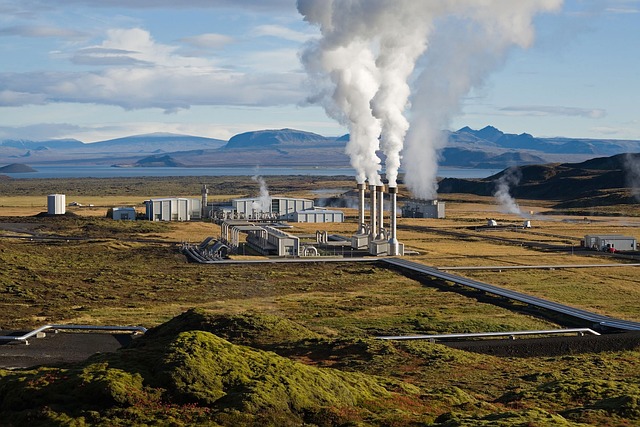
The facility charges sufficient fluid with heat from the depths, enabling energy utilization at a later time. Consequently, this underground hub not only generates electricity and heat directly but also compensates for peak demands and fluctuations by storing surplus energy.
The conversion of heat into electricity within the Eavor-Loop is accomplished through the Organic Rankine Cycle (ORC) by Mitsubishi Heavy Industries (MHI)-owned Turboden. Renowned for its versatility, the ORC system can produce both electrical and thermal energy. It finds application not only in geothermal setups but also in harnessing energy from natural gas or industrial exhaust. The Geretsried facility boasts an electrical capacity of approximately 8.2 megawatts and a thermal capacity of 64 megawatts, enough to power nearly 32,000 households in the region.
The thermal energy can be harnessed for district heating, expanding the reach of district heating networks. Unlike traditional geothermal systems, the Eavor-Loop does not depend on a hydrothermal reservoir, enabling its installation in almost any location. Thanks to its small footprint, entire regions currently disconnected from power grids could be energized with electricity and heat. Despite the initial installation costs, these systems require minimal maintenance as the heat medium remains enclosed in a closed loop, ensuring long-term economic viability.
Learn more about Eavor-Loop here.
